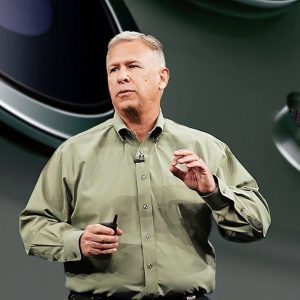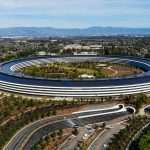In a new interview with Wired, screenwriter Aaron Sorkin has shed more light on his rationale for the unorthodox narrative structure of his upcoming movie Steve Jobs.
The film is directed by Slumdog Millionaire helmer Danny Boyle and stars Michael Fassbender, pictured in-character above, as the eponymous Apple co-founder. It portrays backstage events at three major product launches: those of the Macintosh in 1984, NeXT in 1988, and the iMac in 1998.
This means that it is not a straightforward biopic, despite being based on Walter Isaacson’s in-depth biography about and authorized by Jobs. Sorkin explains that, whereas it was necessary for Isaacson’s work “to be about what happened” and “a piece of journalism”, for his script work, “there is actually a requirement to be subjective; it’s really the difference between a photograph and a painting.”
He added that, with a biopic, “it’s very hard to shake the cradle-to-grave structure that audiences are so familiar with”, and he is “most comfortable writing in claustrophobic pieces of geography and periods of time.” Having been given studio approval for the unconventional storytelling approach, the movie “turned into not a biopic. I’m not quite sure what to call it.”
Many people fascinated with Jobs could have their own ideas after watching the film, which also stars Seth Rogen as fellow Apple co-founder Steve Wozniak and Kate Winslet as Mac team member Joanna Hoffman, during its staggered US release culminating in the nationwide release on October 23.










